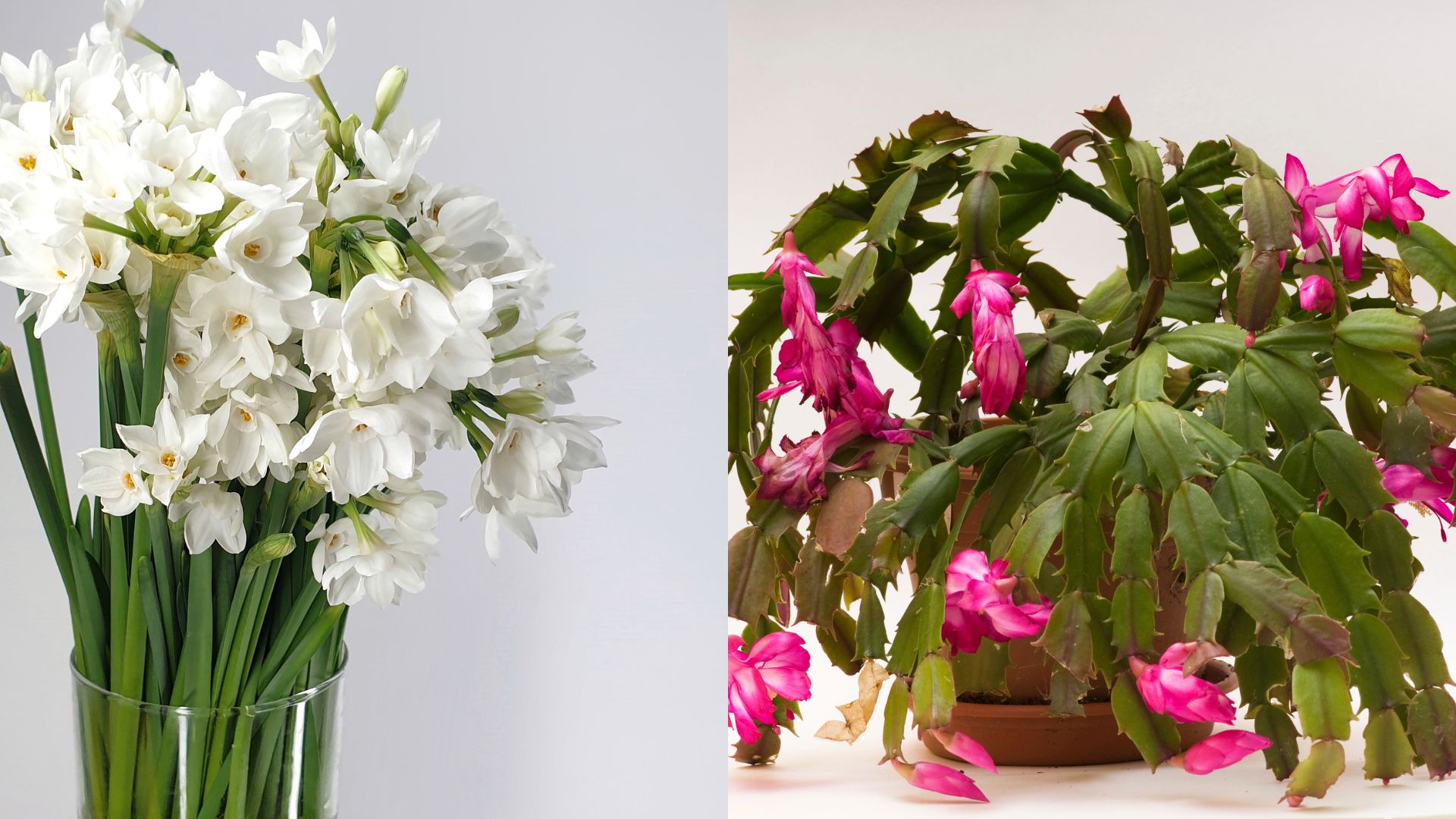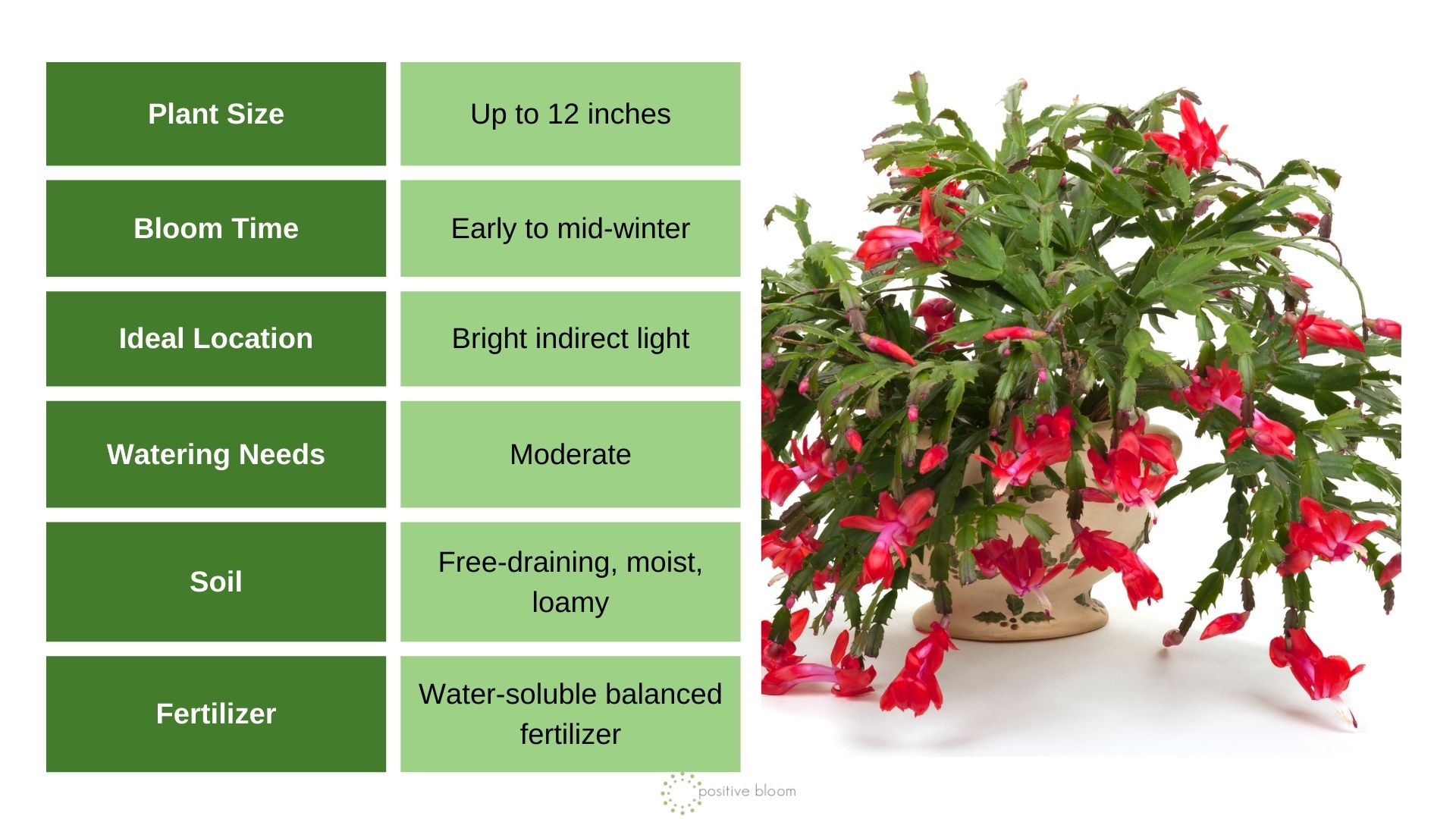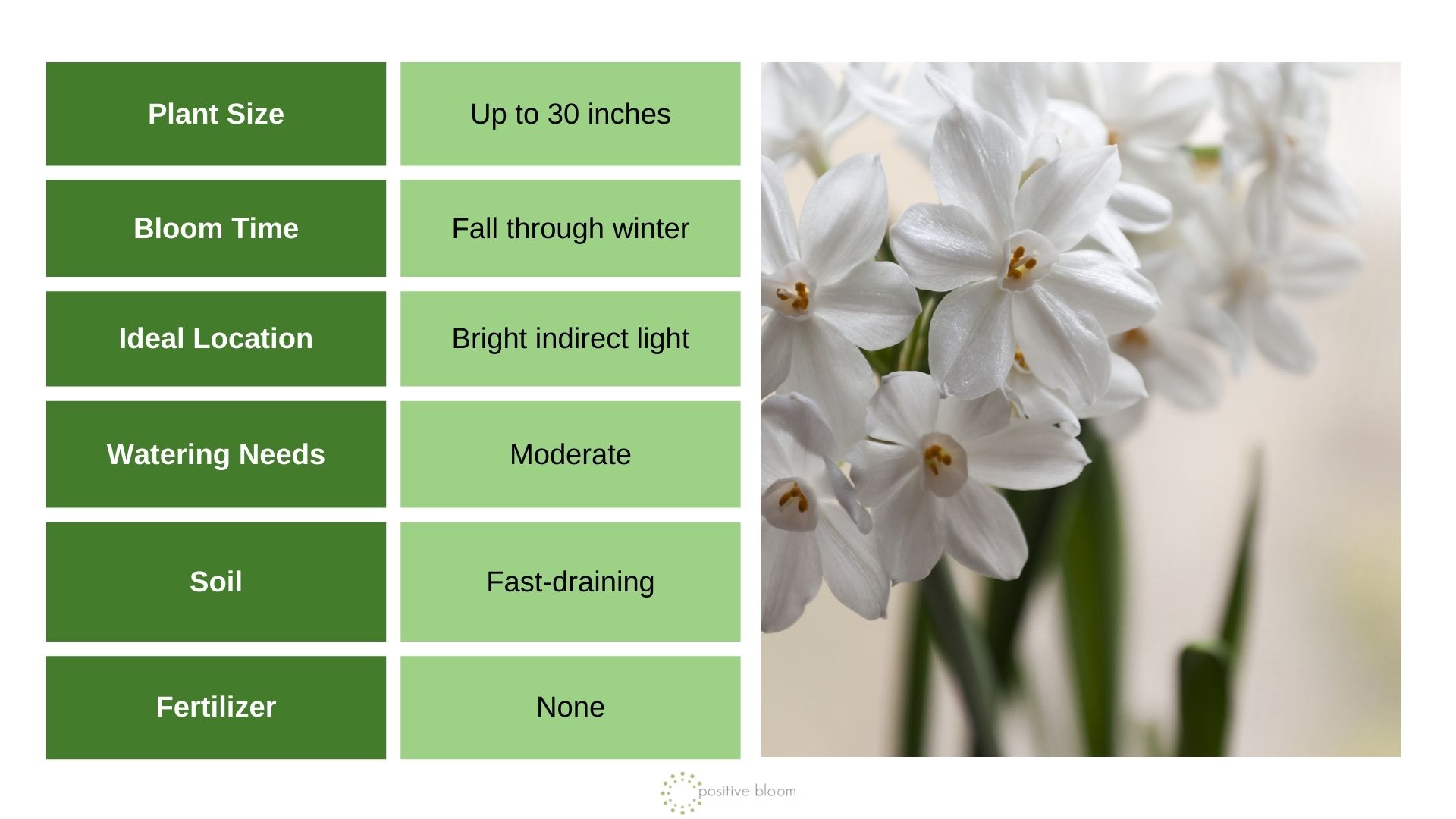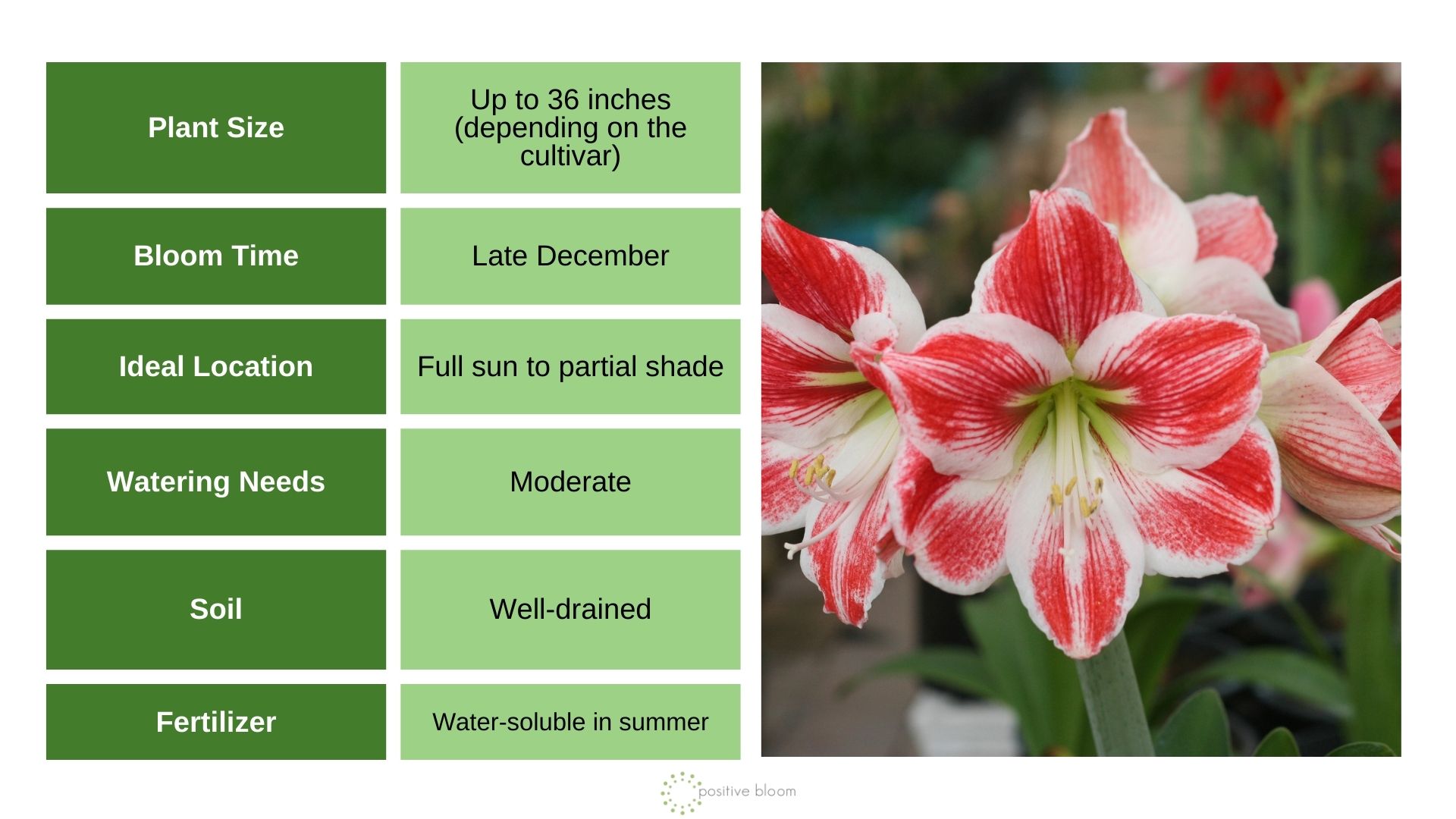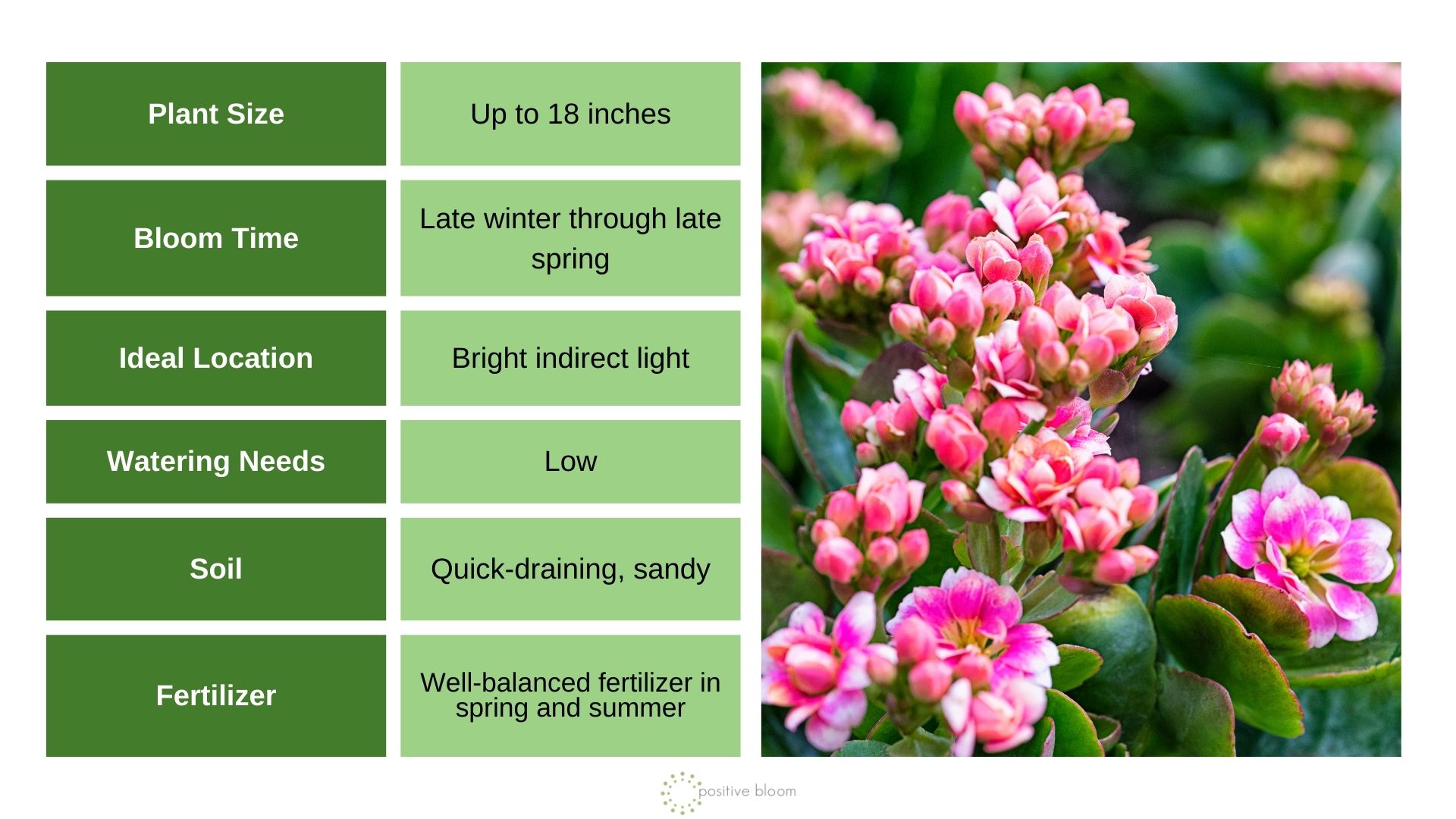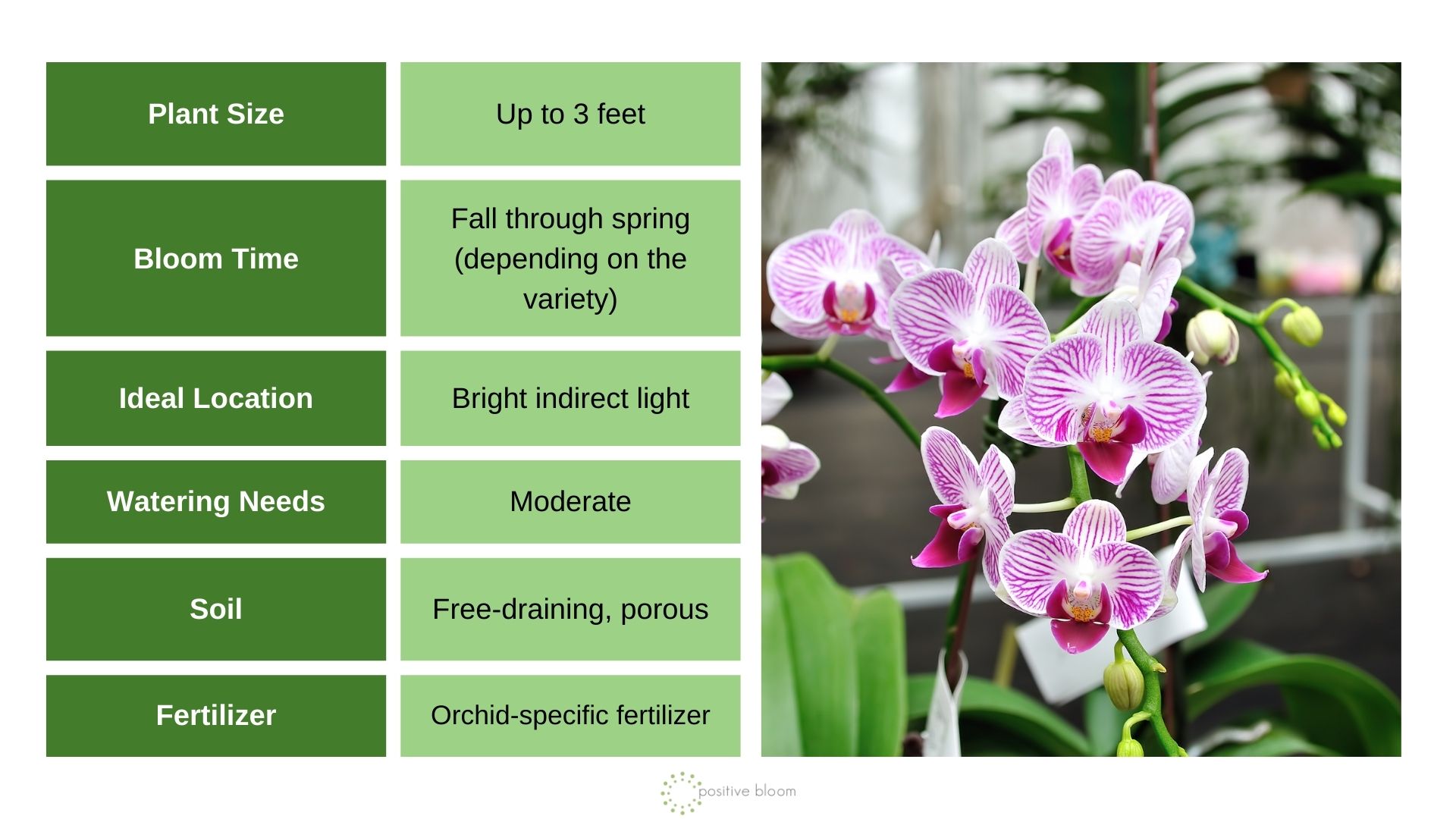Holiday decorations have taken over the supermarket shelves! In plant sections, the most common ones are Poinsettias. If you already have them in your collection and have been wondering if there is any other plant that flowers in winter, you’re in the right place to find out.
In this article, I’ll show you the best indoor flowering plants that will take your holiday decorations to a whole new level.
You’ll also see a few top-notch care tips so that you have a stunning indoor floral display all winter long!
Let’s get started!
1. Christmas Cactus
If you want to enhance your indoor design and make things special this Christmas season, the Christmas cactus is the perfect plant for you.
Most people believe that this flowering plant generates red flowers. Well, you can find varieties that come in white, purple, pink, and orange. Adding a splash of color to our homes has never been easier!
Christmas cactus is super easy to maintain and if you meet its basic requirements, you’ll have a thriving plant for many years to come.
Water your Christmas cactus when the upper third of the soil dries out (put your finger in the soil to check) and make sure to leave it to drain well.
These are so-called ‘short day’ plants, which means they’ll need to be kept in the dark for a few weeks before the blooming starts.
During this period of darkness, I keep my Christmas cactus in a garage where temperatures don’t exceed 65 degrees Fahrenheit. And I must tell you, it blooms abundantly and makes the festive season even more enjoyable!
2. Paperwhites
The white blossoms of paperwhites remind of snow, making them perfect for the festive season. Paperwhites are mainly grown outdoors but you can plant and keep these flowers indoors for winter blooms.
The easiest way to encourage blooming in paperwhites is by exposing them to direct sunlight. When the first flowers occur, move the plant into bright indirect light.
You can spice things up by growing these plants in water for a more dramatic touch. The flowers typically last up to 2 weeks after they pop.
These plants don’t need any special care and the most important thing is to keep them away from freezing temperatures.
Here’s a video on how to maintain paperwhites indoors:
Pay close attention when selecting a location for your paperwhites because the bulbs are toxic to pets. (1)
3. Amaryllis
Here’s another Christmas classic! You’ll see Amaryllis blooms in many households during the holiday season. But if you want to see the blossoms during this period, there are some steps you must follow.
In late August, you’ll need to stop watering your Amaryllis, take it indoors, and put it in a dark room. This will trigger bloom production and you’ll enjoy large trumpet-shaped flowers when Christmas arrives.
As soon as you notice new flowering stalks, start watering your Amaryllis and then move it to a warm spot.
Similarly to paperwhites, Amaryllis plants are toxic to pets so you should keep them out of reach if you have furry friends. (2)
4. Kalanchoe
If you’re a beginner grower and you want to add winter flowering plants to your home, then Kalanchoe is the best choice for you!
Kalanchoe plants aren’t finicky over growing conditions and they’ll thrive as long as you give them enough bright indirect light and keep them in a free-draining soil type.
These are succulent plants, which means they don’t need much water and you should irrigate only when the soil dries out entirely.
As for other short-day plants, you’ll need to find a dark and cold spot to trigger blooming in the Kalanchoe plant.
5. Orchid
Orchid blossoms are simply incomparable! You can choose between numerous varieties that come in different colors. These plants aren’t toxic to pets so they’re always welcome in households.
Maintaining orchids and getting them to bloom may not be the easiest task and these plants are often referred to as drama queens.
It took me a while to meet all my orchid’s requirements but I must tell you that it pays off!
Orchids flourish and generate an abundance of splendid blossoms if given enough bright indirect light. Keeping them in warm and humid conditions will extend the blooming season.
Many growers struggle with watering their orchids but here’s a simple technique. Water only when the soil dries out on the surface; if the aerial roots (above the soil) are plump, white, and green, your orchid isn’t thirsty.
Orchid-specific soil mixes and fertilizers are the safest ways to maintain health and vigor.
Well, winter doesn’t mean the end of the splendid flower display! Any of these plants will brighten up your indoor space and make the festive season full of delight!
References
1. Paper white. (n.d.). ASPCA.
2. Amaryllis. (n.d.). ASPCA.

